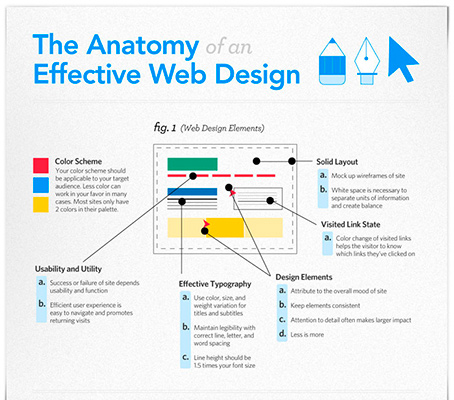Interested In Discovering How Internet Site Style Has Changed Over The Years? Discover The Progression From Standard, Uncomplicated Designs To User-Centered Strategies That Focus On The Needs And Preferences Of Online Visitors
Interested In Discovering How Internet Site Style Has Changed Over The Years? Discover The Progression From Standard, Uncomplicated Designs To User-Centered Strategies That Focus On The Needs And Preferences Of Online Visitors
Blog Article
Web Content By-Abel Singer
In the past, web sites were easy and concentrated on details. Navigating was straight, and design was for desktops. Now, customer experience is crucial. Information guides styles for easy navigation. Responsive designs match various gadgets. https://www.digitaljournal.com/pr/rubber-spatulas-market-in-2022-growth-prospects-marketing-strategies-trend-analysis-industry-concentration-ratio-product-information-technology-development-by-forecast-2028 , dark mode reduces pressure, and minimal menus improve navigation. Interactive functions involve individuals, and strong visuals stand out. AI assimilation increases engagement. See just how design has advanced to boost your online journey.
Early Days of Web Design
In the very early days of website design, simpleness reigned supreme. Internet sites were standard, with limited shades, typefaces, and layouts. The focus got on supplying details instead of showy visuals. Individuals accessed the net via slow-moving dial-up links, so speed and performance were key.
Navigation food selections were straightforward, generally located on top or side of the page. https://content-marketing-job-des73951.bloggosite.com/36425879/enhance-your-digital-impact-with-cutting-edge-website-design-solutions were created for home computer, as mobile browsing wasn't yet common. Content was king, and developers prioritized very easy readability over intricate style elements.
HTML was the key coding language utilized, and designers had to work within its restrictions. Computer animations and interactive functions were very little compared to today's requirements. Internet sites were fixed, with little vibrant content or personalized user experiences.
Increase of User-Focused Design
With the advancement of internet site style, a shift in the direction of user-focused style concepts has actually ended up being progressively noticeable. Today, developing internet sites that focus on customer experience is vital for engaging site visitors and accomplishing organization objectives. User-focused design involves understanding the demands, preferences, and behaviors of your target audience to tailor the web site's layout, content, and includes as necessary.
Developers now conduct complete research study, such as user studies and usability screening, to collect understandings and responses straight from customers. This data-driven strategy helps in producing intuitive navigating, clear calls-to-action, and aesthetically enticing interfaces that resonate with visitors. By placing visit this web page link at the facility of the layout procedure, websites can provide a more tailored and satisfying experience.
Responsive style has additionally emerged as a vital aspect of user-focused design, guaranteeing that websites are optimized for different tools and screen sizes. This flexibility enhances accessibility and usability, dealing with the varied methods individuals connect with web sites today. In essence, the surge of user-focused layout signifies a shift in the direction of creating electronic experiences that prioritize the needs and assumptions of completion customer.
Modern Trends in Web Design
Check out the most up to date fads forming website design today. One prominent trend is dark setting design, supplying a sleek and modern look while reducing eye stress in low-light environments. An additional key trend is minimal navigating, streamlining menus and enhancing customer experience by concentrating on essential elements. Incorporating micro-interactions, such as animated switches or scrolling effects, can produce an extra engaging and interactive site. Receptive layout stays important, guaranteeing smooth customer experiences across various tools. In https://online-marketing-statisti95051.blogs100.com/30329741/improve-your-digital-impact-with-cutting-edge-web-design-solutions , making use of strong typography and asymmetrical formats can include visual rate of interest and draw attention to details web content.
Incorporating AI technology, like chatbots for customer assistance or individualized recommendations, enhances individual involvement and enhances processes. Ease of access has likewise become a significant trend, with designers prioritizing inclusive design methods to satisfy diverse user needs. Welcoming sustainability by enhancing web site efficiency for speed and performance is another emerging pattern in web design. Working together with customer responses and data analytics to repeat and enhance layout continually is crucial for staying relevant in the ever-evolving electronic landscape. By welcoming these modern patterns, you can produce an aesthetically attractive, straightforward website that resonates with your audience.
Final thought
As you reflect on the development of web site layout from the very early days to now, you can see exactly how user-focused style has ended up being the driving force behind contemporary patterns.
Accept the journey of change and adjustment in website design, always maintaining the customer experience at the forefront.
Stay current with the most up to date trends and innovations, and never quit evolving your strategy to produce aesthetically spectacular and straightforward web sites.
Progress, adapt, and produce - the future of website design is in your hands.
